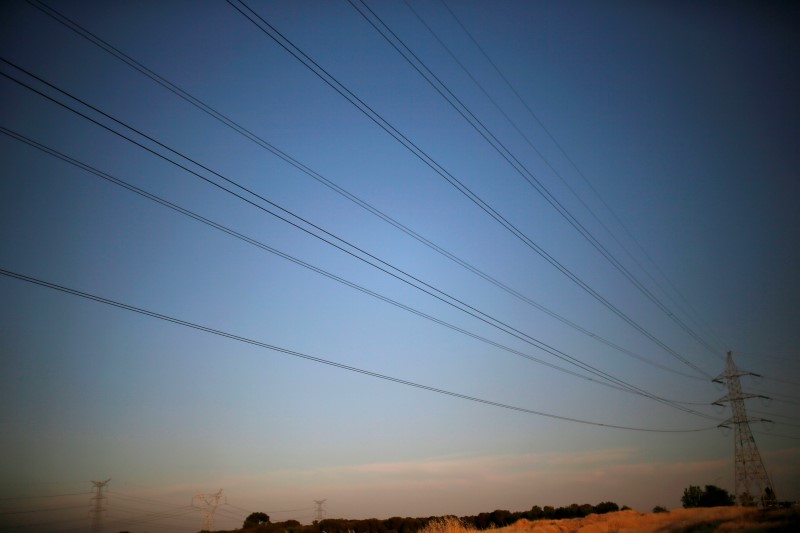This post was originally published on this site
https://i-invdn-com.investing.com/trkd-images/LYNXMPEI8I0XX_L.jpg
NEW YORK (Reuters) – Hurricane Fiona knocked out electrical power to the entire commonwealth of Puerto Rico starting on Sunday, reviving memories of Hurricane Maria, the deadly Category 4 storm that struck in 2017 and exposed the feeble nature of the island’s electrical grid.
Now, nearly all of Puerto Rico’s roughly 3 million residents are in the dark again, and five years after Maria, it is raising renewed questions about the state of the grid.
WHO RUNS PUERTO RICO’S POWER GRID?
The state-run Puerto Rico Electric Power Authority (PREPA) owned and operated the island’s power network when Maria hit. PREPA had been long criticized for inadequate investment in its power system and failure to establish back-ups to maintain power during disasters.
Before Maria struck, the debt-laden government and PREPA had been mired in bankruptcy, and a federally appointed oversight board was created to manage the island’s finances.
In June 2021, Puerto Rico privatized the grid by engaging LUMA Energy to operate the system, even though PREPA still owned the infrastructure. LUMA is a joint venture between units of Canadian energy firm ATCO Ltd and U.S. energy contractor Quanta Services (NYSE:PWR).
A study from the Institute for Energy Economics and Financial Analysis (IEEFA) found that service restoration times and voltage fluctuations increased after privatization largely due to a shortage of experienced workers. The island also endured a power outage in April that knocked out electricity for a third of homes and businesses.
LUMA did not immediately respond to request for comment.
WHY IS THE GRID STILL STRUGGLING?
Hurricane Maria decimated the island’s electrical system when it struck in late September 2017, mainly by knocking out transmission lines. Since then, restoration work has been focused on replacing those lines, while most other facets of the grid have not been updated, said Tom Sanzillo of IEEFA, who researches Puerto Rico’s power system.
It took several years under the Trump Administration for the Federal Emergency Management Agency (FEMA) to approve $9.6 billion in September 2020 to rebuild Puerto Rico’s electrical grid. About another $3.4 billion in federal funding has been added since.
Analysts say bureaucratic holdups, policy disagreements and grid privatization issues have slowed progress. Disputes over how to spend funds have also stymied improvements.
“Many enterprises, both for profits and NGOs, want a slice of the $12 billion in federal money for rebuilding the grid,” said Sergio Marxuach, policy director of Puerto Rico-based think tank, Center for a New Economy (CNE).
WHERE DOES PUERTO RICO’S POWER GENERATION COME FROM?
Natural gas power plants account for 44% of electricity, while 37% comes from petroleum like diesel fuel, 17% is from coal and about 3% from renewable energy, U.S. Energy Information Administration data shows.
Under the Puerto Rico Energy Public Policy Act, passed in 2019, the commonwealth is required to get 40% of its electricity from renewable sources by 2025, 60% by 2040 and 100% by 2050, according to the EIA. However, the grid’s modernization has also been delayed by policy disagreements over using renewables versus adding more natural gas, Marxuach said.
Puerto Rico has to import all its oil, coal and natural gas as it does not produce any fossil fuels. It does have solar and wind generation that has contributed to renewables generation. Coal-fired generation is planned for phase-out by 2028.
In early 2020, two of the island’s largest power plants were damaged in a 6.4 magnitude earthquake. Those plants relied more on natural gas, causing Puerto Rico to shift its power mix to more petroleum, according to the EIA.


